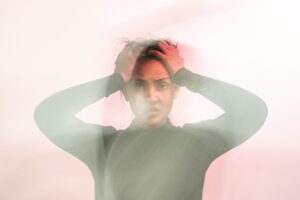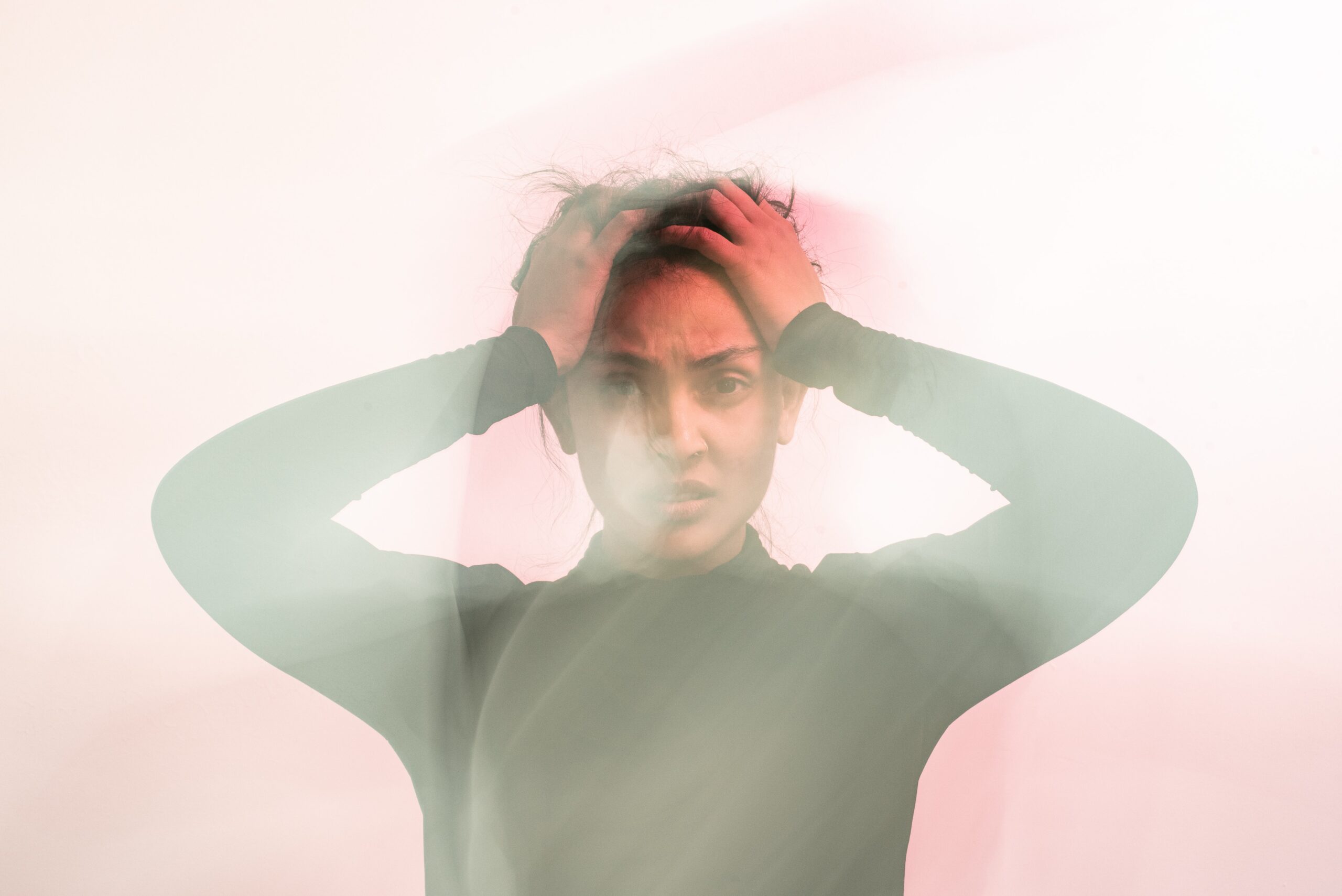Phobic anxiety and fear help people escape from threats, fight danger and protect themselves from threats. Although normally anxiety occurs in potentially dangerous situations, pathological anxiety arises in situations where the potential threat is minimal and it has a significant effect on the normal functioning of a person.

According to the classification of ICD-11, anxiety, four types of Anxiety Disorders are
- Phobic anxiety disorders.
- Panic disorders.
- Generalized anxiety disorders.
- Obsessive compulsive disorders.
Out of these, phobic anxiety disorders are the commonest type which can be defined as an experience of persistent and excessive fear of an object or a situation that is not inherently dangerous.
Three types of phobic disorders are,
- Agoraphobia
- Social phobia
- Specific phobia
Agoraphobia
This can be defined as having fear of open spaces and related aspects and it is commoner among females.
Clinical Presentation
- Feels anxious and may experience panic attacks in situations where escape might be difficult as in the presence of a crowd outside of home or when traveling in public transport.
- Social contact may not trigger the disease, but leaving home, entering shops, and public places, or traveling alone on public transportation can trigger anxiety.
- The anxiety can be reduced when the patient is accompanied by someone else in the above situations.
- Physical symptoms such as sweating, dizziness, dry mouth, palpitations, and tremors can occur as a response to these triggers.
- Avoidance of situations that provoke disease can lead to impairment of the normal functioning of the person.
Social Phobia
Social phobia is experiencing fear in social situations due to worry of being criticized by society. The disease onset is in late adolescence and it is equally common in males and females.
Clinical Presentations
- Anxiety occurs mainly during social interactions such as talking with a group of people or with the opposite sex, public speaking, and eating in public places.
- In some patients, specific incidents such as having to sign a cheque when observed by others can also trigger fear.
- Tremors, dry mouth, sweating, and palpitations are the common physical symptoms that occur and panic attacks are less common in social phobias.
- Even before facing social interaction, anticipatory anxiety can also occur.
- Avoidance of social interactions, avoidance of eye contact during social interactions, and consumption of alcohol during social interactions are the common coping mechanisms of these patients. Such avoidance can cause social isolation and difficulty in coping in an educational or working place.
Specific Phobias
Excessive and unreasonable fear that is restricted to the presence or anticipation of highly specific situations or objects.
Clinical Presentations
- For some animals, natural situations such as heights, thunder or darkness, blood-injection-injury, or specific situations such as airplanes, elevators, and enclosed spaces can be triggering factors of fear.
- The characteristic feature of these patients is that their experience of anxiety is restricted only to specific situations and do not feel anxious at other times and the onset of the disease can be associated with some-kind of a distressing event.
- Physical symptoms of anxiety such as tremors, dry mouth, sweating and palpitations, panic attacks, and even fainting can occur during episodes.
- Patients normally cope by avoiding these specific situations.
Management
The first step in the management of all types of phobic anxiety disorders is patient education. Patients must inform about the phobia, how the anxiety symptoms occur, and the basis of treatment.
The main method of treatment is ‘exposure treatment’. These patients experience severe anxiety when they encounter a triggering situation and if they remain in the same situation, the anxiety will peak, last for 30-45 minutes, and subside. The basis of the exposure treatment is letting the patients have exposure until the anxiety subsides. The patient must first develop an heir-achy of situations that triggers phobia, and each of them must be faced in a graded manner. Exposures must be graded, repeated, and prolonged. The response to treatment must be self-monitored by the patient. Medical management is recommended mainly for social phobia and drugs as Selective Serotonin Reuptake Inhibitors can be given.
References
- ICD -11 , Classification of Mental and Behavioral Disorders- Diagnostic Criteria for Research
- Shorter Oxford Textbook of Psychiatry – 7th Edition – Paul Harrison, Philip Cowen, Tom Burns, Mina Fazel
- Handbook of Clinical Psychiatry – A Practical Guide- Second Edition – Varuni De Silva, Raween Hanwella

